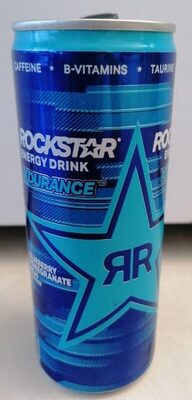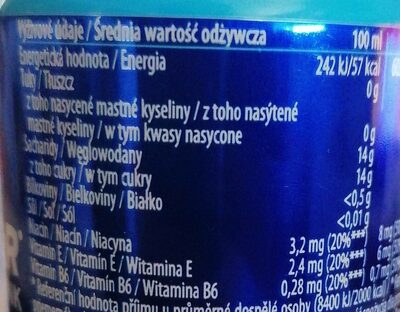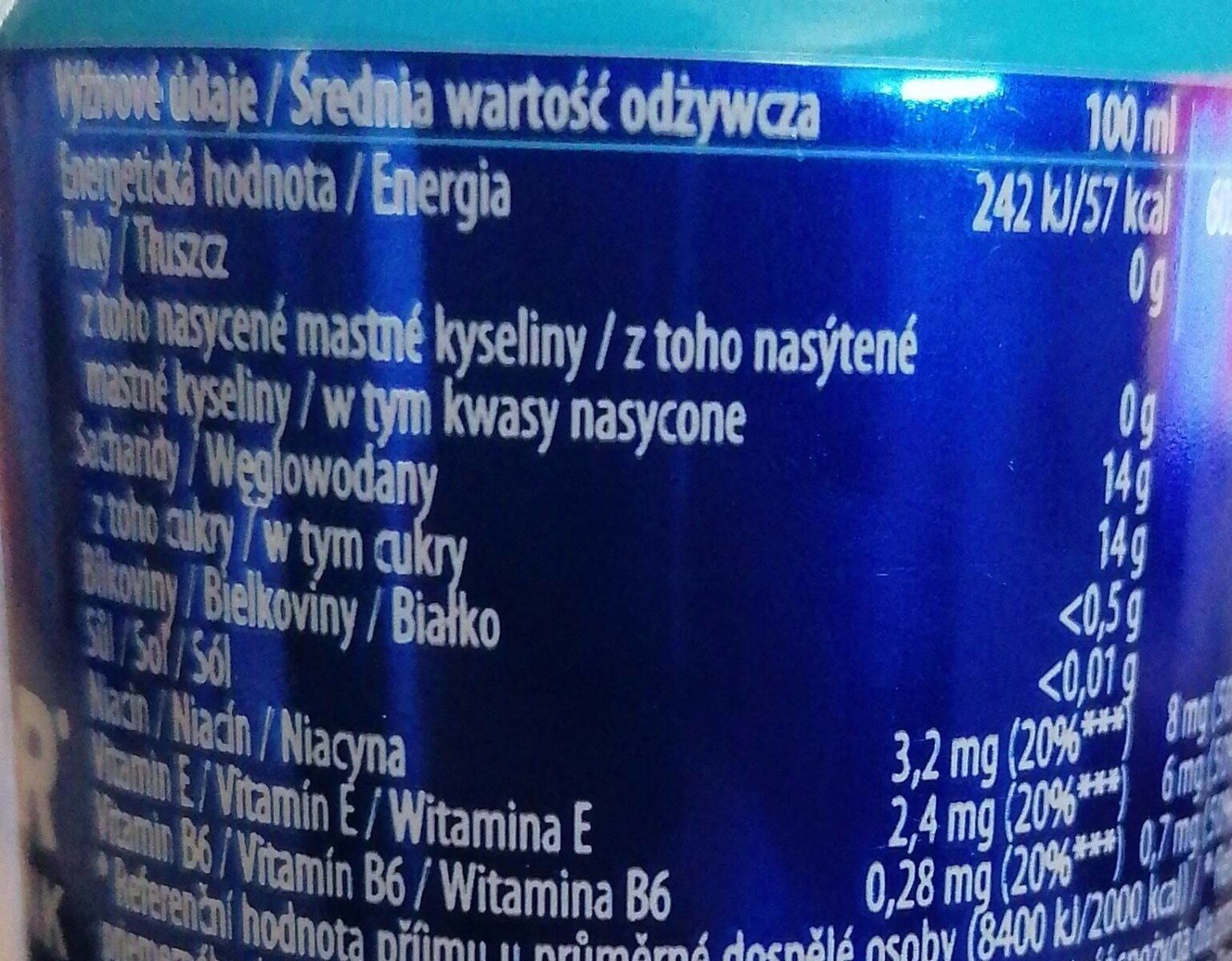RockStar Energy Drink - XDurance - Blueberry - 250 ml
This product page is not complete. You can help to complete it by editing it and adding more data from the photos we have, or by taking more photos using the app for Android or iPhone/iPad. Thank you!
×
Barcode: 5900497020558 (EAN / EAN-13)
Quantity: 250 ml
Packaging: Metal, Recyclable Metals, Aluminium
Brands: RockStar
Categories: Beverages, Energy drinks
Link to the product page on the official site of the producer: http://www.pl.rockstarenergy.com
Countries where sold: Poland
Matching with your preferences
Environment
Packaging
Transportation
Report a problem
Data sources
Product added on by pyrka
Last edit of product page on by arc2.
Product page also edited by kiliweb, openfoodfacts-contributors, packbot, roboto-app, yuka.sY2b0xO6T85zoF3NwEKvlmd-ePvz_27ADTPWs22Q2_CsLIXlUY195LrENKg.
If the data is incomplete or incorrect, you can complete or correct it by editing this page.










